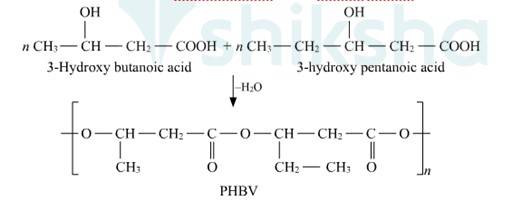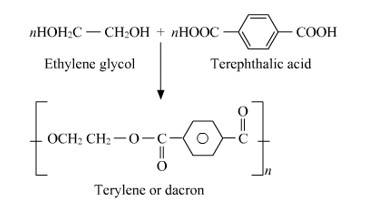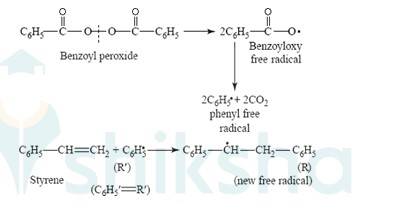Polymers
Get insights from 155 questions on Polymers, answered by students, alumni, and experts. You may also ask and answer any question you like about Polymers
Follow Ask QuestionQuestions
Discussions
Active Users
Followers
New question posted
4 months agoNew answer posted
6 months agoContributor-Level 10
15.24
Biodegradable polymers are designed to degrade into simpler components like water, CO2, Nitrogen etc. upon disposal by the action of living organisms. Extraordinary progress has been made in the development of practical processes and products from polymers such as starch, cellulose, and lactic acid. The need to create alternative biodegradable water- soluble polymers for down-the-drain products such as detergents and cosmetics has taken on increasing importance. Aliphatic polyesters are one of the important classes of biodegradable polymer. Example. Poly β-hydroxybutyrate – co-β-hydroxy valerate (PHBV)

New answer posted
6 months agoContributor-Level 10
15.23
Dacron is a polyester batting that should be added to any foam surface so that it will not be exposed directly to the fabric. Dacron has many indispensable qualities like batting reduces the friction foam has, and thus reduces wear to fabric and because polyester batting remains springy, it is ever ready to put some light pressure against fabric. This means that even as the fabric stretches with age (and always happens) batting will push against the fabric and keep wear-worn waves from developing.

New question posted
6 months agoNew question posted
6 months agoNew answer posted
6 months agoContributor-Level 10
15.20
Monomeric units of nylon-6 is Caprolactam and for Nylon-6,6 is adipoyl chloride and hexamethylene diamine.
New answer posted
6 months agoContributor-Level 10
15.19
Vulcanization of natural rubber is done to improve upon all these properties. In this process, a mixture of raw rubber with sulphur and appropriate additive is heated at a temperature range between 373 K and 415 K.
This is a slow process; therefore, some additives like zinc oxide etc. are used to accelerate the process. During this process, sulphur cross links are formed which makes rubber hard, tough with greater tensile strength .The vulcanized rubber has excellent elasticity, low water absorption, resistance to oxidation & organic solvents.
New answer posted
6 months agoContributor-Level 10
15.18
Natural rubber is a linear cis-1, 4-polyisoprene in which double bonds are present between C2& C3. It increases the elasticity of the rubber, as the chains are held together by weak van there waals forces and have coiled structure. Therefore, the natural rubber has coiled structure & shows elasticity & is non-crystalline.
New answer posted
6 months agoContributor-Level 10
15.17 One of the common initiators used in free radical addition polymerization is Benzoyl peroxide. Its structure is

New answer posted
6 months agoContributor-Level 10
15.16
(i) Ethylene dichloride
(ii) Tetrafluoroethene
(iii) Phenol and formaldehyde
Taking an Exam? Selecting a College?
Get authentic answers from experts, students and alumni that you won't find anywhere else
Sign Up on ShikshaOn Shiksha, get access to
- 65k Colleges
- 1.2k Exams
- 679k Reviews
- 1800k Answers
